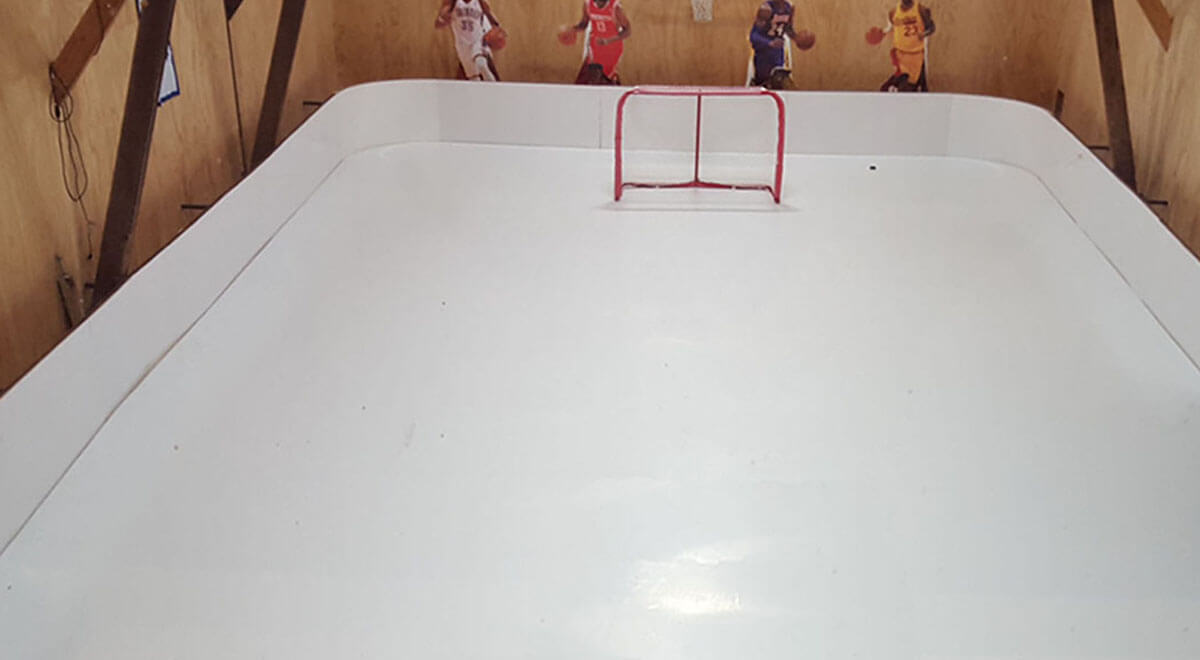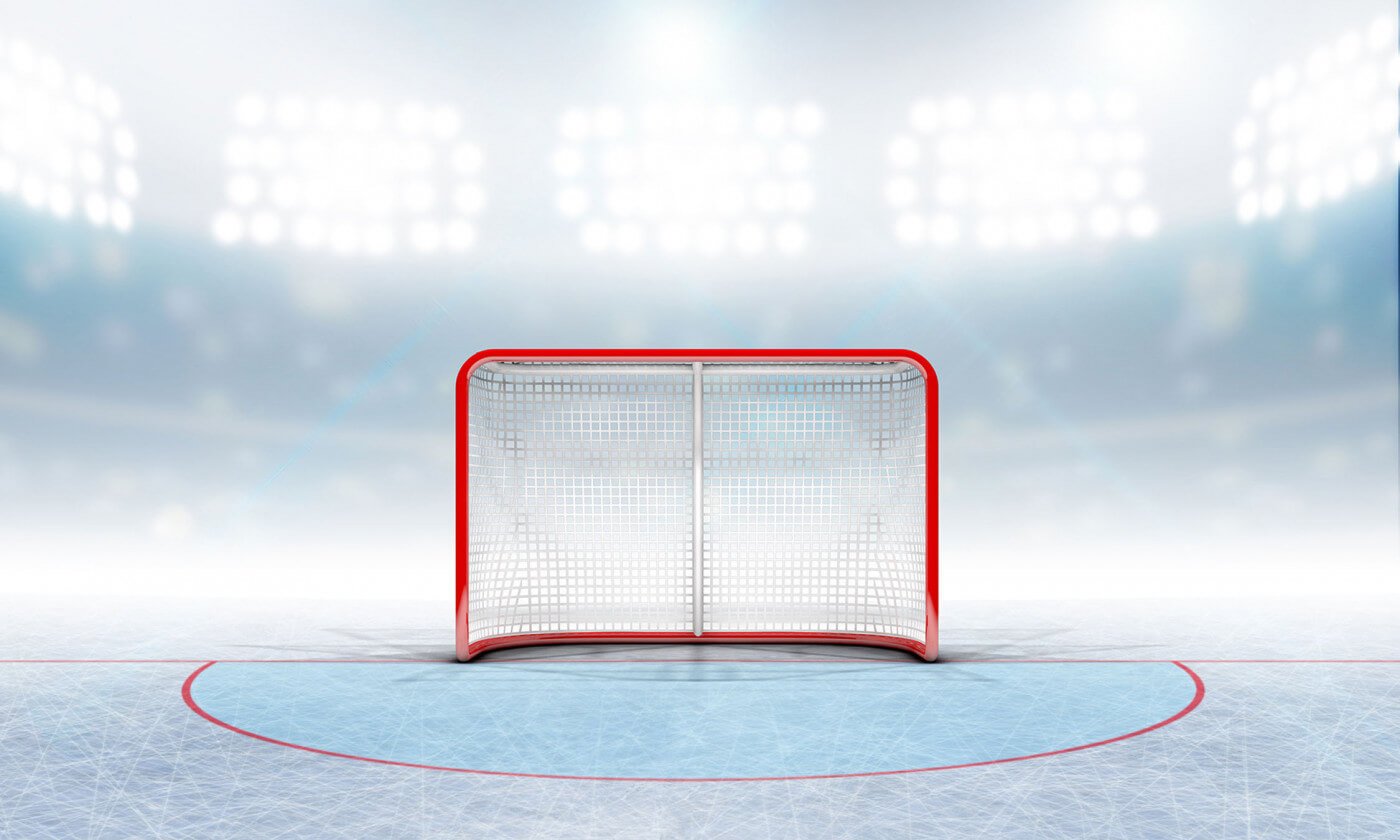7 Steps to Building a Synthetic Ice Training Center
Synthetic ice training has brought the power of skating into the homes and backyards of thousands of avid skaters.
For the uninitiated, synthetic ice are tiles or panels that can occupy a space for ice skating.
The tiles connect like puzzle pieces and are made of a smooth yet durable material you can use with your metal skates.
Now, it’s time to think bigger.
Synthetic ice is versatile and has many applications, like a synthetic ice training center.
In addition, going synthetic has a range of benefits, is easier to set up and maintain.
What is a Training Center?
Today, there are millions of hockey players, figure skaters, and ice skaters in North America.
Many are deep into their respective sports and need a place to hone their skills.
That’s where training centers come in.
Training centers are large ice rink spaces for practice, learning how to skate, and even holding events.
Most are developed by communities, with multiple rinks located in one building.
These are often state-of-the-art facilities, including gyms, shops, and seating for spectators.
There are also smaller training centers that provide services to small towns.
With training centers, you can:
- Hold ice hockey training classes and skating seminars.
- Figure skating training
- Private and public training classes
- Hold qualifier tournaments
- Birthday parties and other special events
- Specialized skill training and development
- Designated times open to the public
Training centers are designed with refrigerated rinks.
These indoor ice rinks combine insulation, refrigeration, coolant, and water to create an ice rink that works year-round.
Today, more training centers are being developed using synthetic ice as there are some fantastic benefits for rink owners.
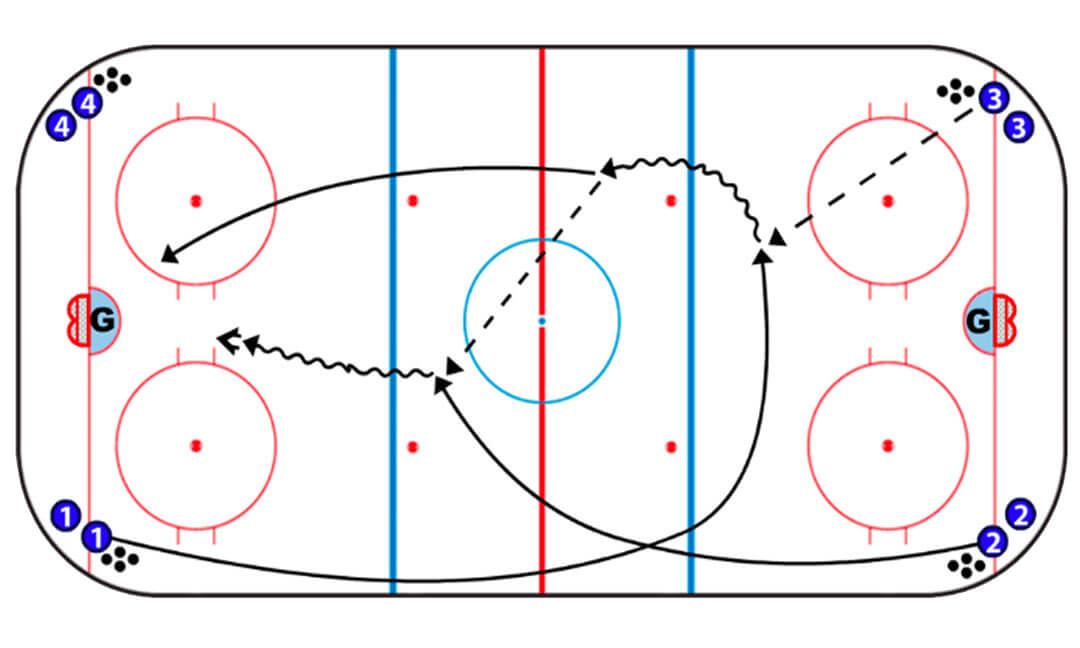
Benefits of a Synthetic ice Training Center
Cost is the most significant advantage for choosing a synthetic ice rink center.
Large, refrigerated ice rinks can cost millions to set up.
For instance, The Rink Training Center in Winnipeg costs as much as 20 million dollars.
While there were other facilities in the building, a large chunk of the cost will go into constructing the refrigerated rinks.
Synthetic ice rinks cost a fraction of the millions of dollars it would take to set up a standard rink.
The cost savings make ice skating more accessible for smaller communities.
Another advantage comes in the setup itself.
Refrigerated rinks require complex construction, including concrete, gravel, piping, insulation, and much more.
At any point, something can go wrong, increasing the overall cost of the rink.
Synthetic ice panels require minimal setup.
Once there is a flat, level surface, the building team can install the panels just a few steps.
The installation can take just a few days, compared to the weeks or months of constructing refrigerated rinks.
For synthetic ice owners, the return on investment is almost immediate.
Thanks to the speed and reduced cost, the savings go right into your pocket.
In the right location, training centers can be a revenue-generating vehicle.
You can host special events, training seminars, private sessions, and much more.
Training centers also bring more opportunities to rink owners and participants alike.
Rink owners can connect with other corporate entities for public or private events and sponsorships.
Companies can even hire rink owners to consult on future ice rinks.
The possibilities seem endless if the rink is in a space with enthusiastic skaters.
For the skaters, a training center could be the thing that takes them to the next level.
It can be the one space that helps them go pro.
The community you can build through like-minded skaters is also invaluable.
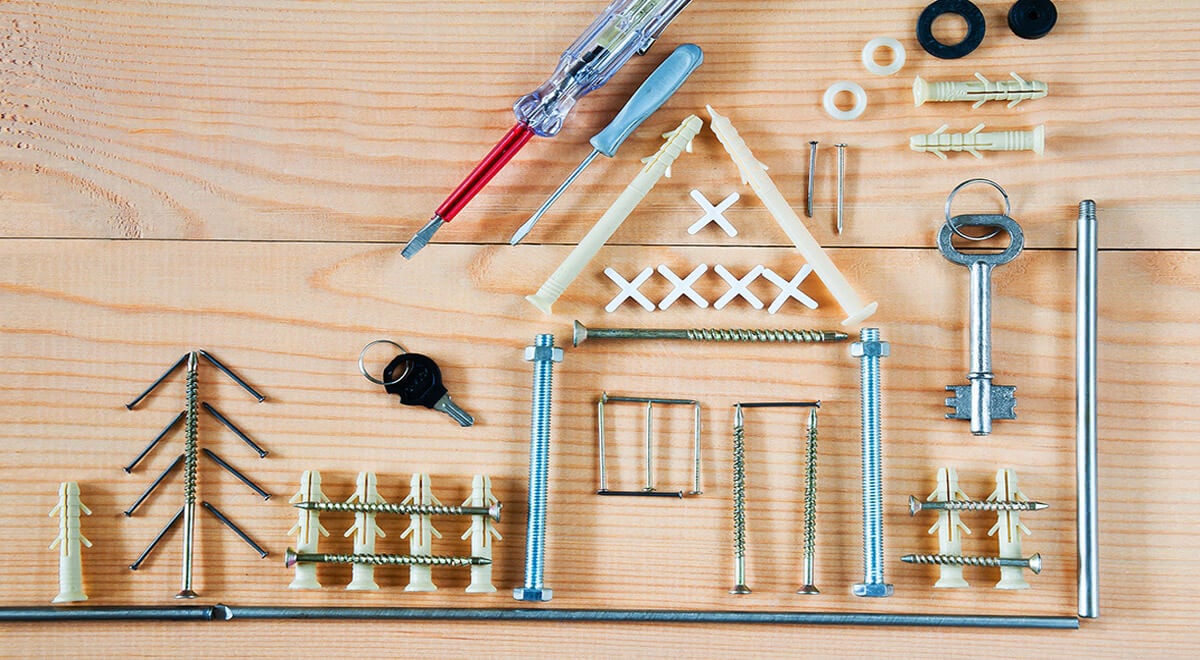
How to Set Up Your Synthetic Ice Training Center
Most training center owners come from a hockey or figure skating background and are passionate about the sport.
Yet, the passion alone is not enough for the proper setup and management of a synthetic ice rink training center.
Like a refrigerated ice rink, synthetic training centers require planning, coordination, and a decent budget.
Here are some of the basics that will go into your process
Step 1: Location, Location, Location!
Before you decide on the type and size of synthetic ice, assess the training center’s location.
It could be parts of a larger space like a mall or play center for some.
In other cases, the practice rink could be a new build.
New builds can be more customizable but can take more time and resources.
The remarkable thing about synthetic ice is the ease of installation, which means you can circumvent factors like building codes or rental stipulations.
Rooftop training centers are becoming more popular so that rink owners can negotiate an installation at play centers, museums, office buildings, and much more.
The location is key to drawing the right skaters and customers to the training center.
If you can, get a space that is accessible and in a space that is filled with skaters.
When you have your area confirmed, you can start thinking about the goals of your rink.

Step 2: What Are You Trying to Accomplish?
You want to create your own synthetic ice training center with the end in mind.
How many rinks are you going to get up?
How many skaters do you want at your rink at any given time?
What services are you going to provide?
Hockey, ice skating, events, or something else?
When you have a clear idea of what you want to achieve, the next step is to put it on paper and speak with your synthetic ice provider.
Step 3: Get Your Plans in Place.
Now is a suitable time to speak with a designer to draw up some scaled plans for your training center.
The designer can help measure the rink size, walls, and other facilities.
This extra step can help you see your vision in advance and make changes before investing in synthetic ice and other equipment.
With a flood plain, you also save money and time, as you can clearly communicate your needs to your provider.
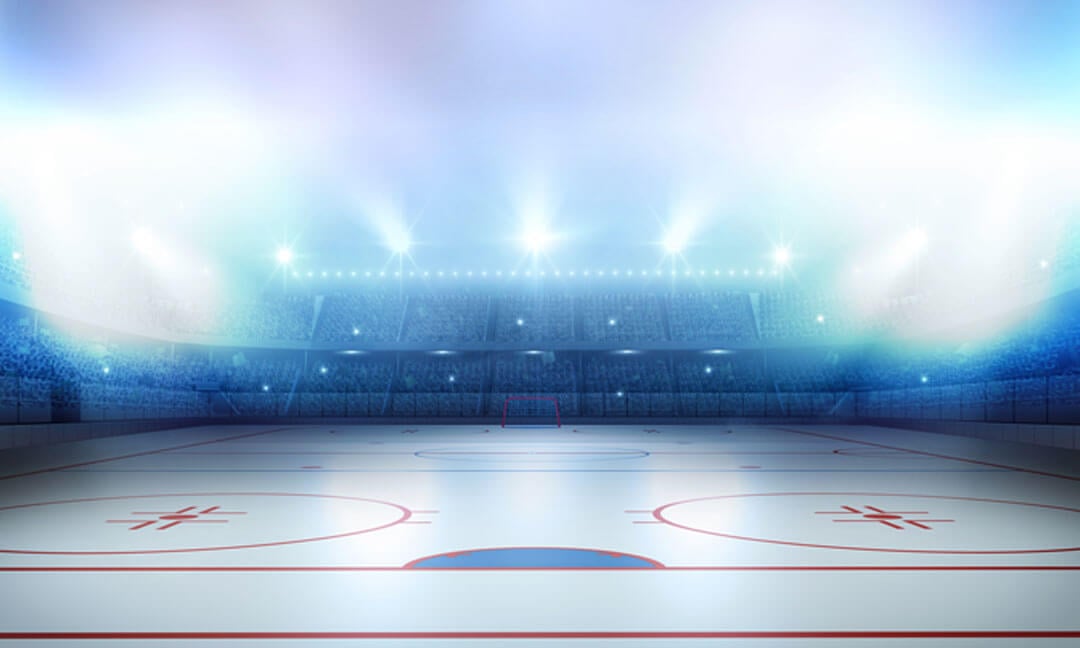
Step 4: Time to Get Your Ice!
Now it is time to get your ice when you have your plans in place.
Our team provides synthetic ice panels, which are more prominent, durable tiles for heavy traffic.
We can provide an estimate based on your dimensions or provide further guidance on your needs.
Working closely with the team is essential as you may want to get testimonials, test the ice, or find out about other tools like dasher boards.
With everything agreed, you can place your order, and your ice panels will be freight-shipped to you.
Step 5: Install Your Rink
Most commercial rinks are custom builds, so it will take some time to develop the number and size of panels.
Once you receive the panels in a few weeks, you can move to the installation stage.
Installation is more straightforward compared to a refrigerated ice rink.
Some locations need an added layer of plywood to ensure the floor is level.
The installation will need a team to help place the tiles, rink walls, dasher boards, and other special materials.
This process can take several days if there are multiple rinks.
The synthetic ice installation itself should take a few short hours per rink.

Step 6: Add Your Finishing Touches.
The installed rink, walls, and dasher boards in place may not be enough.
You’ll need to install the added touches your rink users will need to keep coming back.
For instance, hockey users will need goalposts, goalpost lines, and centerlines.
These may need to be measured, then custom ordered and installed.
You may need additional tools or training aids based on the services provided, like goalie training, figure skating, or specific drills.
These aids should be part of the overall planning and costing process.
Step 7: Maintaining Your Synthetic ice Rink
Installation of your synthetic ice is only one major part of your overall build.
Once the training center is done, you’ll also need to worry about maintaining your ice rink.
Rink maintenance is vital for the longevity and performance of your training center.
Most practice rinks will have staff that needs to be trained in proper rink care.
In addition, with synthetic ice rinks, you need to take measures to keep it clean and wipe down the surface to limit the amount of static friction..
Skating on synthetic ice is unlike natural ice.
With natural ice, the metal skates glide over the thin layer of water on the surface.
With synthetic ice, there is no water on the surface and a higher degree of friction.
As a result, the metal skates will cut through the special polyethylene material causing small shavings on the ice.
The small shavings can impact the quality of skating.
The maintenance team will have to remove these shavings with a soft broom or other cleaning tools as often as possible.
Over time, the small incisions made by the rink will improve the quality of skating.
Another critical task is to resurface the synthetic rink.
Most rinks are infused with a special compound that helps the skates to glide over the panels.
The compound must be reapplied to maximize performance.
Based on the rink's traffic, your maintenance team will need to reapply the conditioner periodically.
As part of the rink procurement process, we will often suggest the Slip Surface Conditioner you’ll need for monthly and yearly upkeep.
Dilute a part of the solution with water and spray a light mist on the panels.
Based on the size and number of rinks, rink owners can get resourceful and acquire equipment to make cleaning and resurfacing easier.

Are Synthetic Ice Rinks the Best Choice?
There are those who will argue that natural ice is the best for skating.
Yes, there is a difference between skating on ‘real’ ice vs. ‘synthetic ice.
However, technology has significantly narrowed that gap.
Since synthetic ice feels closer to the real thing, it is the best choice in some cases.
Synthetic ice training centers have closed the gap on accessibility.
Kids who could not skate regularly can now enjoy nearby centers.
Furthermore, some skaters who want to train or enjoy skating in the off-season can do so.
Synthetic ice rinks are available year-round.
Synthetic ice is also great as it works with the space available to you, not the other way around.
We’ve provided synthetic ice for areas large and small.
Some were long, narrow spaces, and others were larger yet more complex facilities.
Because most commercial panels are custom-made, we can create boards to fit any need.
Don’t let space dimensions or size hinder the dream of installing a rink!
Finally, synthetic ice is the best choice for rink owners from a cost standpoint.
If you already own a refrigerated rink, you know the enormous installation and maintenance fees.
Synthetic ice is an excellent option for owners looking to add another rink or expand their business.
It also opens up the market for new training center owners.
Most rink owners are former ice athletes or passionate skaters.
With synthetic ice, starting a training facility is more achievable.
Conclusion
A training center is one of the best places to hone skating skills, host seminars, and more.
In addition, a training center is essential for kids looking for an edge or ways to improve their conditioning. Today, more ice-skating facilities are popping up thanks to synthetic ice.
It is also an excellent option for those looking to start or grow a training facility.
Setting up your synthetic ice rink begins with understanding the space, ordering the right rink size, installing, and maintaining.
While the entire process is easier than a refrigerated ice rink, there are still challenges you will face along the way.
If you are unsure of your next steps, the team at PolyGlide Ice can help.
We have installed rinks large and small, so we can help guide your process.
We will ask some simple questions to understand the space and work with you until you get it right.
If you are ready to bring your training center dreams to a reality, start with a synthetic ice rink from the best team in the country.

















